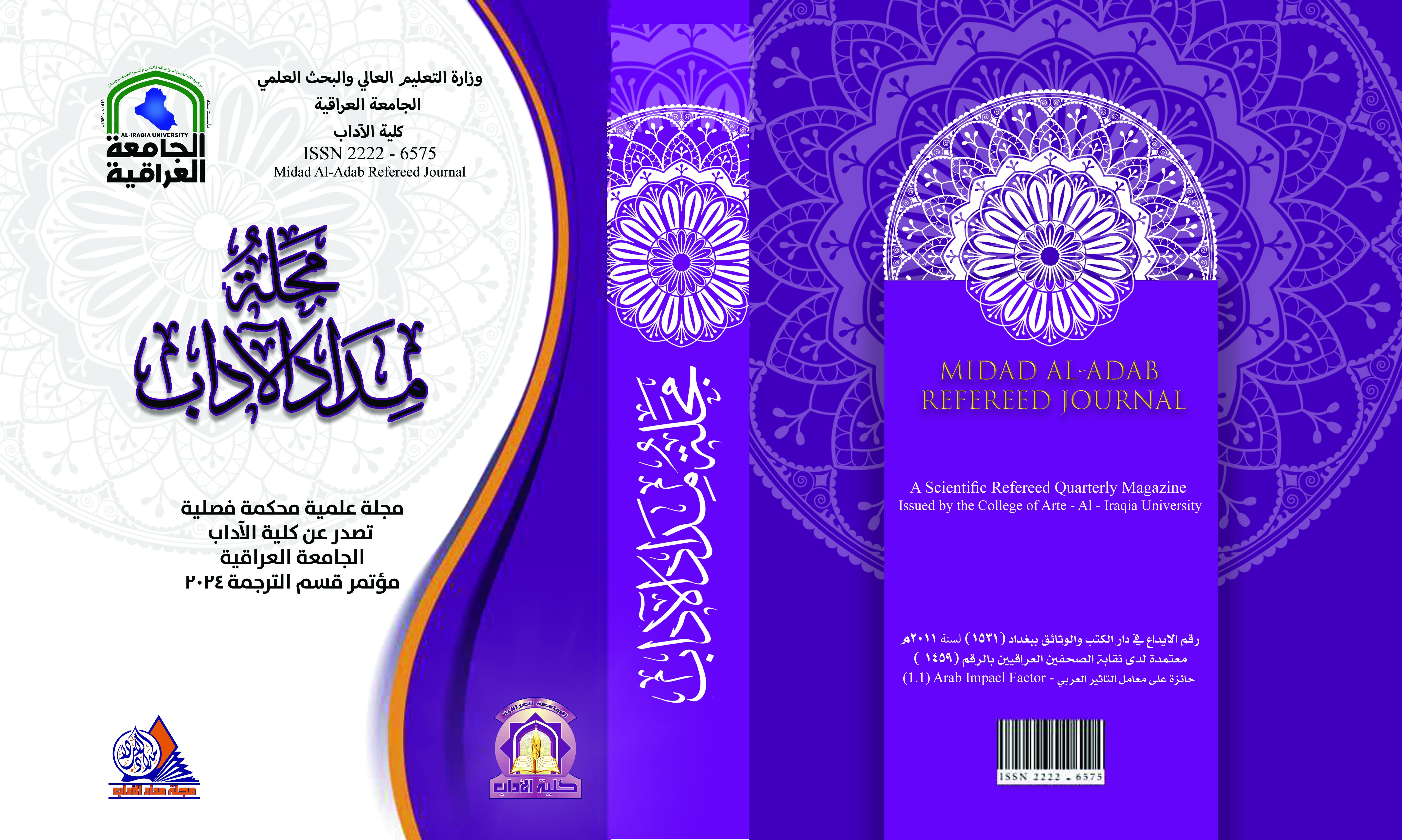The Extent of Artificial Intelligence Accuracy within Translating Arabic Metathesized Forms into English
The Extent of Artificial Intelligence Accuracy within Translating Arabic Metathesized Forms into English
DOI:
https://doi.org/10.58564/ma.v14iخاص%20بمؤتمر%20قسم%20الترجمة%202024.1408Keywords:
Keywords: Artificial intelligence, metathesis, translation, accuracy, meaning, ambiguityAbstract
Artificial intelligence (AI) has made significant progress in natural language processing and machine translation, but it still faces challenges when dealing with linguistic phenomena like metathesis. Metathesis is a common phonological process where sounds or letters are swapped within a word, resulting in considerable changes in word structure. This makes it a complex challenge for AI systems that rely on fixed patterns and rigid rules for translation. One of the primary obstacles AI encounters with metathesis translation is the abundance of linguistic variation across languages and dialects, Arabic in particular. Metathesis can also lead to phonetic discrepancies between Arabic and English, as Arabic relies heavily on guttural sounds, which may not have an equivalent counterpart in English. AI systems often struggle to apply context-sensitive rules to translate metathesized words accurately. Metathesis can occur in various languages and is often caused by phonological, morphological, or historical factors in addition to linguistic factors. The context in which metathesis occurs can greatly influence translation accuracy. Context-aware AI algorithms that take into account the broader linguistic context can bridge the gap caused by metathesis and deliver more accurate translations. In conclusion, AI systems must employ sophisticated algorithms and language models that can accurately identify compound words and comprehend their complex structures to ensure accurate translations.
Downloads
Published
Issue
Section
License

This work is licensed under a Creative Commons Attribution-NonCommercial-NoDerivatives 4.0 International License.








